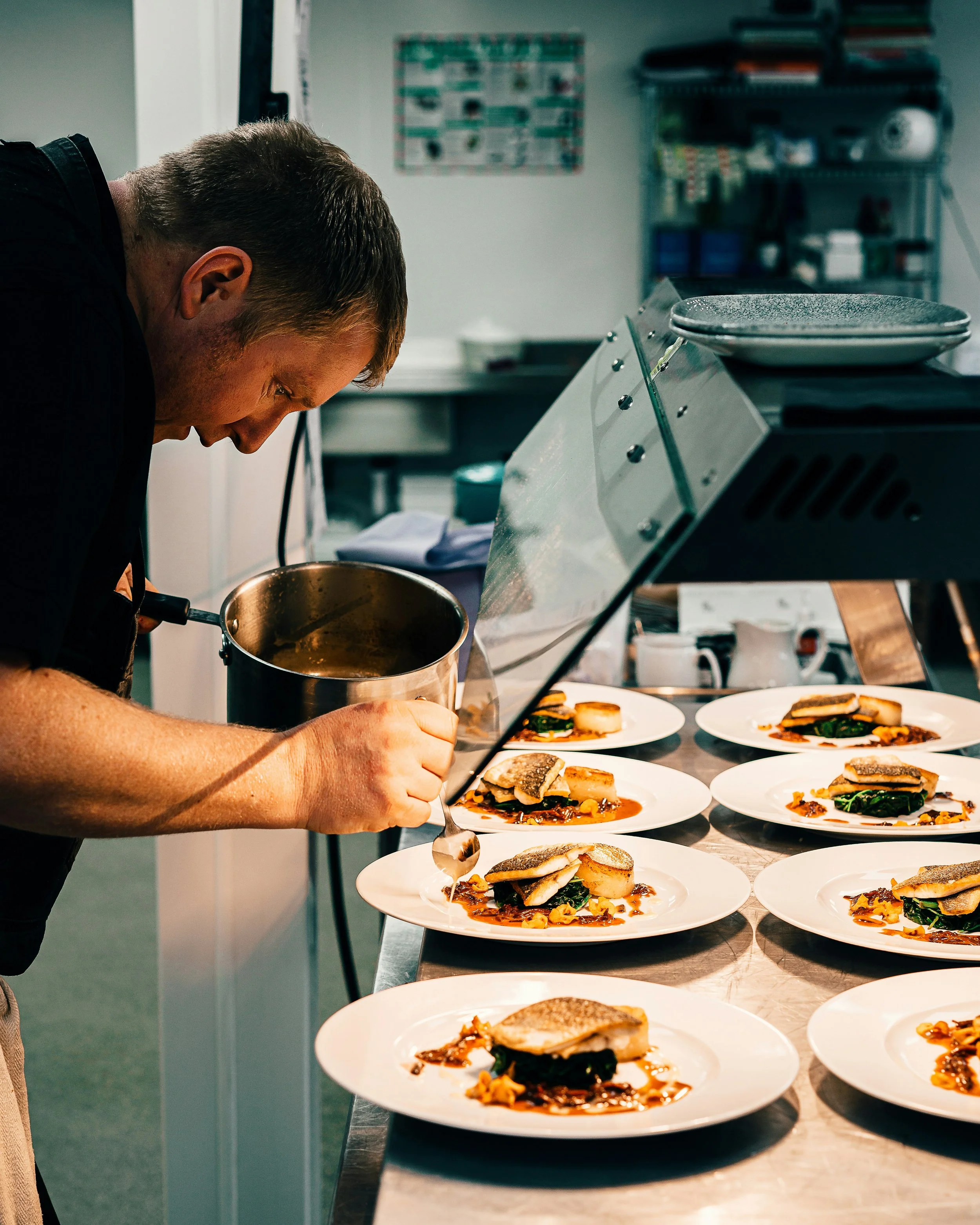OUT WITH THE NEW, IN WITH THE OLD
Contributor - Ximena Lascurain | Lifestyle Consultant • 7/17/25
When choosing where to dine, many of us gravitate toward the newest hotspots, eager to be part of the conversation about the "latest and greatest." But this isn’t always the wisest choice. Like any enduring institution, restaurants need time to grow into their identity, refine their craft, and understand their audience. Often, the best way to truly appreciate a place is to let the hype fade—and instead seek out establishments that have already stood the test of time.
REMINISCING - TIMELESS ALLURE OF LEGACY RESTAURANTS
Longstanding restaurants aren’t just surviving; they’re thriving by offering something many newcomers can’t: a legacy. These are places that have spent years—or decades—honing their recipes, perfecting their service, and cultivating a loyal following. Their menus often preserve traditional techniques and flavors, delivering an authenticity that feels increasingly rare.
Beyond the plate, these restaurants enchant with their ambiance. Whether through vintage architecture, weathered hardwood bars, or walls lined with decades of memorabilia, they tell a story. Dining there isn’t just a meal; it’s an immersion in history, a connection to the community’s roots. And because they’ve weathered trends, their offerings are reliably consistent. You know exactly what to expect—and that’s the point.
WHY OLD SOMETIMES OUTSHINES NEW
Time is the ultimate test. Older restaurants have proven their durability, both in their recipes and their business models. They’ve built trust through repetition, turning first-time guests into lifelong regulars. Their charm isn’t manufactured for Instagram; it’s earned through years of warmth, familiarity, and attention to detail.
There’s also nostalgia—a powerful ingredient you can’t replicate overnight. For many, these restaurants are tied to cherished memories: first dates, family celebrations, or late-night conversations over a decades-old house specialty. New spots might dazzle with novelty, but old gems offer comfort in their constancy.
That said, age alone isn’t a guarantee of quality. Some older restaurants coast on reputation, just as some new ones exceed expectations from day one. What sets the greats apart is their commitment to evolution without losing their soul—a balance of tradition and adaptability.
TIME TO GROW
Restaurant critics rarely review a new venue in its opening weeks—and for good reason. Early days are a turbulent time: staff are finding their rhythm, menus are being adjusted, and hiccups are inevitable. As Slate Magazine notes, this creates a tension between public curiosity and fair assessment.
Professional critics often wait at least 30 days (per The Association of Food Journalists) or even 3–6 months (as veteran critic Robert Sietsema advises) before passing judgment. The lesson? Patience rewards diners, too. Giving a new restaurant time to mature allows it to reveal its true potential—just as we’ve learned to appreciate the depth of those that already have.
Next time you’re weighing where to book, consider bypassing the flashy newcomer for the stalwart down the street. After all, the best stories—and the best meals—are often the ones that have been years in the making.

Contributor — Ximena Lascurain | Lifestyle Consultant
From Mexico City, Ximena Lascurain brings to the Four Hundred Team a Latin flair. Growing up and attending Culinary School there, she has always been interested in the culture and gastronomy of her country. When she moved to NYC she attended the International Culinary Center where she certified as a Sommelier under the Court of Master Sommeliers. Prior to Four Hundred she worked in the kitchens of several Michelin star restaurants throughout Mexico, Spain and NY. What she enjoys the most when it comes to travel, is doing a lot of research. Specially when it comes to the "hidden gems" for local food and specialty coffee.





